Not only in Vietnam , but also in other countries, information about weapons, equipment, and military hardware is always considered secret. On the occasion of the 80th anniversary of the founding of the Vietnam People's Army, a number of achievements in the research, manufacture, and production of military weapons were announced and for the first time, Thanh Nien was allowed to contact and learn at a number of specialized research and production units under the Ministry of National Defense .
In the traditional room of the Institute of Weapons (General Department of Defense Industry), the enlarged photo of Uncle Ho talking with Professor Tran Dai Nghia is placed in the most solemn place. Colonel - Dr. Nguyen Phuc Linh (Director of the Institute of Weapons) said: "Established in early 1947, the Institute of Weapons is the first scientific research unit of the Vietnam People's Army ( VPA ) with the first Director being Professor, Academician, Hero of Labor Tran Dai Nghia".
Bazookas and recoilless rifles
Immediately after its establishment, the Technical Research Department (the predecessor of the Weapons Institute) successfully manufactured a bazooka with a similar range and penetration power to the American model. At the end of 1948, when they saw that our troops had bazookas and AT bullets that could destroy tanks and penetrate 30cm thick concrete walls, the French army rebuilt the bunker system, with walls up to 60cm thick.
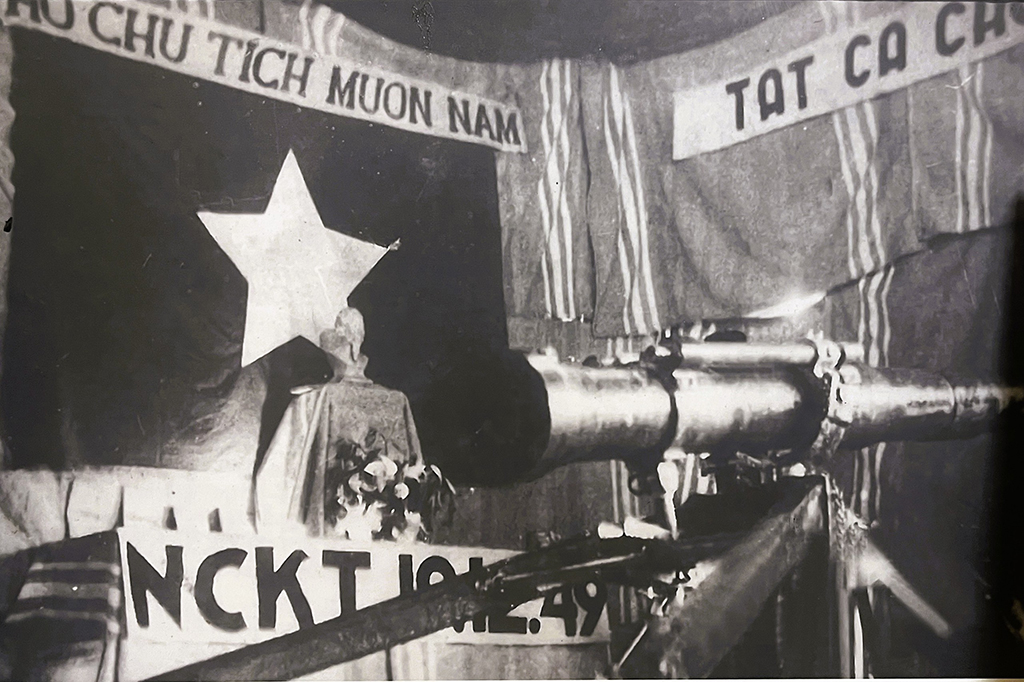
A bazooka made in Vietnam is displayed at the Patriotic Emulation Conference, June 1949.
Based on the documents on internal launching techniques of Professor Tran Dai Nghia, the Institute of Weapons has successfully researched and manufactured SKZ60 recoilless rifle and bullets (3 times more penetrating than bazooka). This product was organized for production in many military factories and became equipment of main force regiments.
CT-62 and "liberation mortar"
In early 1962, superiors advocated taking advantage of French war spoils and erasing the symbols and trademarks of weapons from the socialist countries that were providing aid, in order to have a source of weapons to supply to the southern battlefield.
"The Weapons Institute modified the French MAT-49 (Tuyn) gun, firing 9 mm bullets, and using 7.62 mm bullets (of the K50 gun that was popular at that time). The Institute also modified the K50 gun to be exactly like the Tuyn gun, with a more compact structure and able to be submerged in water under 1 meter for a long time. In 1963, over 7,000 of these modified guns were brought to the South," engineer Vu Viet Trinh recounted.

The American AR-15 submachine gun was converted into a 7.62 mm machine gun.
Also at this time, General Tran Van Tra (then Deputy Chief of the General Staff of the Vietnam People's Army) assigned the task of "producing an anti-tank gun with similar features to the Soviet B40 gun". Immediately after that, the B50 product (later changed to CT-62) was researched and manufactured with a maximum range of 150 m, 100 m effectiveness, 320 mm steel penetration, 750 mm concrete penetration...
In his memoirs, Colonel - Associate Professor - Doctor Phan Chi (Deputy Director and Director of the Institute of Weapons from 1976 - 1994) recalled: "In early 1964, Director of the Military Ordnance Department Nguyen Duy Thai called me up to assign me the task of designing a very simple 60 mm mortar and showed me the American Stock 60 mm with only a barrel and a small base the size of a foot, which had just been captured on battlefield B".
Based on the 60mm mortar that Vietnam is mass-producing, the Weapons Institute has designed a 60mm mortar called "Liberation", weighing only 5kg, with a range of less than 1,000m. "Liberation mortars are used very effectively by Southern troops because they are compact and have strong firepower," said Colonel Phan Chi.
Mounting coastal artillery on naval ships
Lieutenant Colonel Nguyen Viet Chuc, former captain of ship HQ-07, Regiment 171 (now Brigade 171, Naval Region 2) recalled: "At the end of 1977, the Institute of Weapons and Equipment Design (now the Institute of Weapons) sent a working group from Hanoi to Ho Chi Minh City, to carry out our urgent request "to change the types of cannons on combat ships recovered from the Republic of Vietnam Navy after April 30, 1975, to fight in time and protect the sovereignty of the sea and islands".
The initial task was to install 100mm anti-aircraft guns on 4 destroyers of the 171st Naval Brigade, along with the K6-19 command machine, AD-2 training machine... However, while carrying out the task, the superiors ordered "to switch to installing 100mm coastal defense guns (aided by the Soviet Union since 1962) on destroyers, urgently serving combat missions in the Southwest sea area".

General Vo Nguyen Giap (third from right) inspects products designed and manufactured by the Weapons Institute during the resistance war against America.

Test firing of weapons made in Vietnam , replacing US firepower on M113 armored vehicles

Prime Minister Nguyen Tan Dung (second from right) checks the performance of the weapon designed and manufactured by the Weapons Institute in 2002.
"In just ten days, they surveyed the durability of the gun platform, deck, aiming angle, wave protection... and completed the design drawings, and assigned Ba Son workshop to carry out. At the end of January 1978, the installation of coastal artillery on four warships was completed and the test firing went very well," Lieutenant Colonel Nguyen Viet Chuc recalled and continued: "In the Ta Lon seaborne landing campaign in early 1979, the 100mm artillery mounted on naval ships demonstrated its power, making the enemy terrified"...
"Immediately after the reunification on April 30, 1975, we focused all our efforts on researching, designing, and manufacturing weapons and equipment to ensure the task of protecting the northern border, the southwestern border, fulfilling international obligations and protecting the sovereignty of the sea and islands," said Colonel - Associate Professor - Dr. Phan Chi, listing a number of tasks such as: Installing American radio fuses for 130 mm artillery shells; designing P.85-79 artillery... In particular, in 1979, performing an emergency mission at the request of the Special Forces Command, the Institute's engineers researched and designed a lightweight 82 mm mortar with the requirement of "the longest firing range of 2,000 m, 2-3 people can carry it easily".
"System 3" weapons
"System 1" is weapons, equipment and materials produced by socialist countries (Soviet Union, China, etc.). "System 2" is from capitalist countries (America, etc.). However, in Vietnam , both of these systems were modified by soldier workers into "System 3".
After the reunification, we captured a lot of American AR-15 super-fast submachine guns. However, AR-15 ammunition of 5.56 mm was very rare. Along with converting AR-15 into a gun that shoots 7.62 mm bullets (shared with AK submachine gun ammunition), in early 1982, the Weapons Institute launched the project "Research and design to convert AR-15 submachine guns into 7.62 mm medium machine guns".

Head of the Ministry of National Defense and representatives of units participating in the testing of modified weapons, 1993
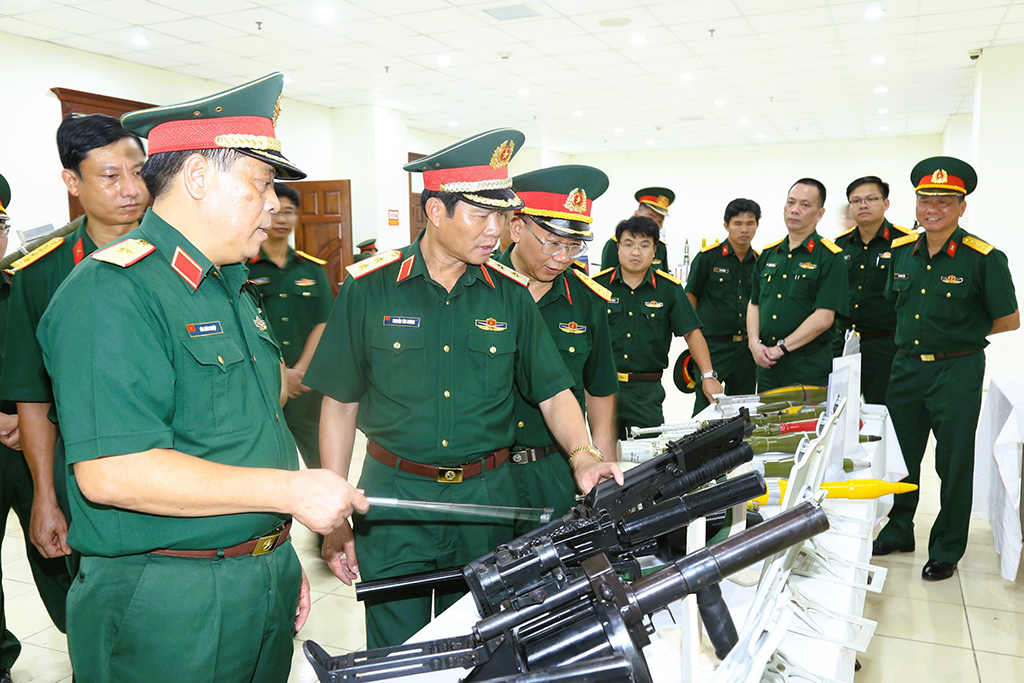
Lieutenant General Nguyen Tan Cuong, Deputy Chief of the General Staff of the Vietnam People's Army (now General, Chief of the General Staff of the Vietnam People's Army, Deputy Minister of National Defense) visited and inspected a number of products researched and manufactured by the Weapons Institute; 2019
After nearly 1 year of research, the Institute has produced a product with features similar to the Soviet RPK machine gun. The modification is not only very simple in some defense factories, but the cost is only half that of producing a new RPK.
Also after April 30, 1975, the MK-19 automatic grenade launcher (developed by the US Navy since 1966, installed on river boats and armored vehicles) and M384 ammunition were recovered in large numbers. In order to not let these types of guns and ammunition lose their effectiveness, the Weapons Institute launched the project: "Research on the exploitation and use of the MK-19 automatic grenade launcher", aiming to provide a type of equipment with strong firepower for border protection units and international missions.

MK-19 submachine gun in combat at the Vi Xuyen front (Ha Giang) in 1984
After half a year of researching the methods of assembling and synchronously modifying two types of guns and ammunition, the test at Mieu Mon shooting range was successful under the witness of Lieutenant General Le Ngoc Hien, Deputy Chief of the General Staff of the Vietnam People's Army (later Senior Lieutenant General, passed away in April 2006).
Since June 1983, modified MK-19 guns were equipped for some units of Military Region 2 defending on the Vi Xuyen front and mounted on motorboats for volunteer soldiers to destroy the remnants of Pol Pot's army in Tonle Sap (Cambodia).
According to the assessment of the Scientific Council, the successful research of the topic has made the most of the exploitation of "system 2" weapons, contributing to increasing the combat power of the border bases. This also takes advantage of many available devices, both reducing costs and quickly producing products.
(to be continued)
Improving strategic weapons manufacturing capacity
The core and consistent orientation of the defense industry is to continue promoting research, development, and production of weapons and technical equipment to meet the needs of military modernization. To be more proactive in the context of globalization and the development of the 4th Industrial Revolution, the General Department of Defense Industry will innovate and improve the quality of research and application of military science and technology, research and establish a Center for Defense Industry Innovation; improve the capacity to research, design, and manufacture products, especially strategic weapons, new generation army weapons, and weapons for military branches, ensuring mobility and combat capabilities in all complex terrain and weather conditions.
Lieutenant General - Dr. Ho Quang Tuan (Chief of the General Department of Defense Industry)
Source: https://thanhnien.vn/vu-khi-cua-viet-nam-cai-bien-sung-chuyen-chi-co-o-viet-nam-185241216184353802.htm




![[Photo] Prime Minister Pham Minh Chinh chaired a meeting of the Steering Committee on the arrangement of public service units under ministries, branches and localities.](https://vphoto.vietnam.vn/thumb/1200x675/vietnam/resource/IMAGE/2025/10/06/1759767137532_dsc-8743-jpg.webp)
![[Photo] Prime Minister Pham Minh Chinh chairs a meeting of the Government Standing Committee to remove obstacles for projects.](https://vphoto.vietnam.vn/thumb/1200x675/vietnam/resource/IMAGE/2025/10/06/1759768638313_dsc-9023-jpg.webp)


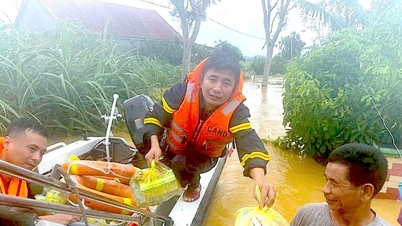

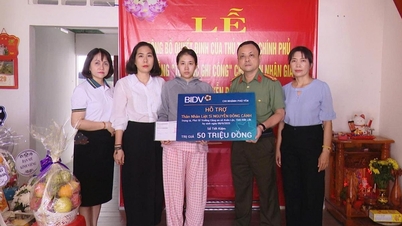








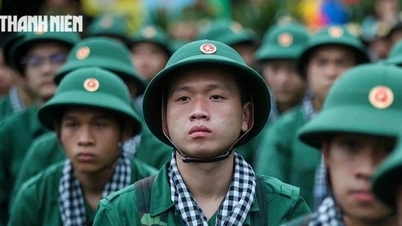

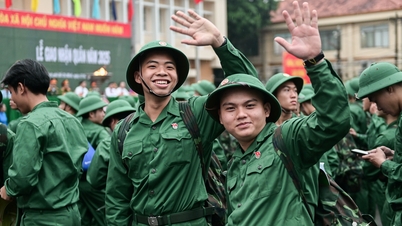
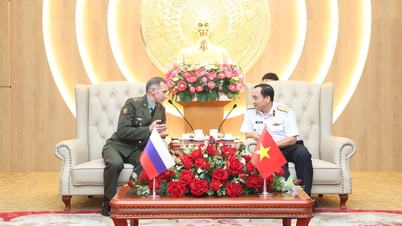
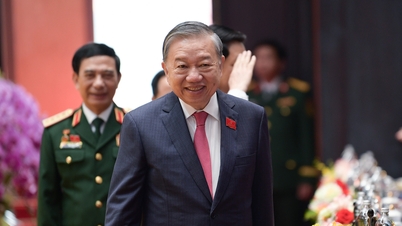
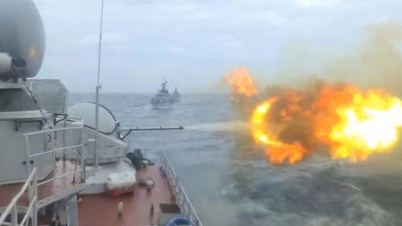







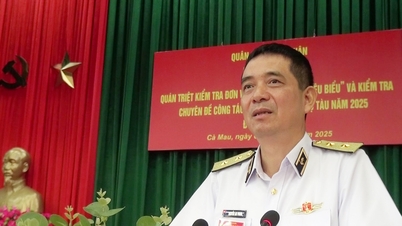


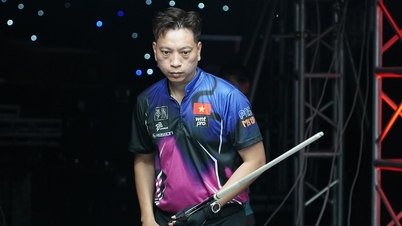


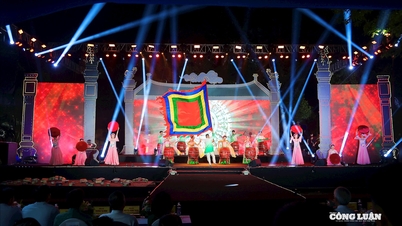

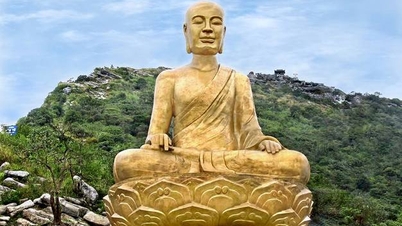

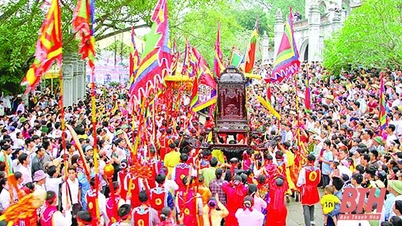

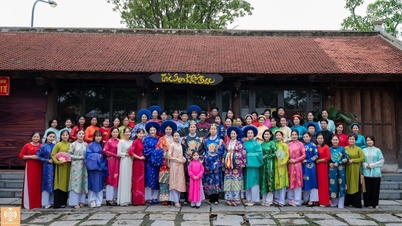

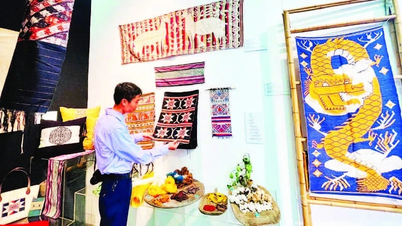
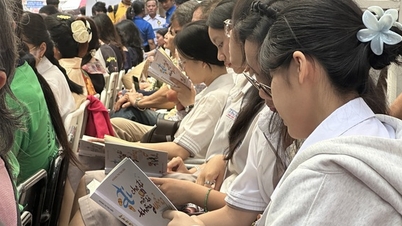

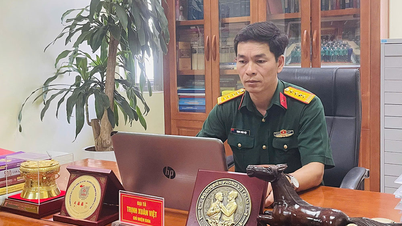

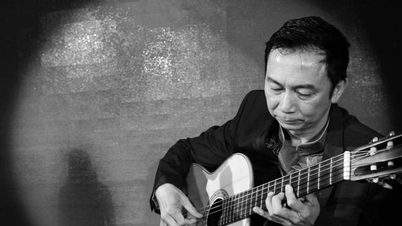



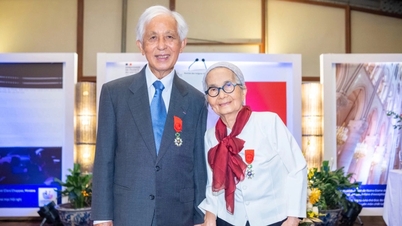




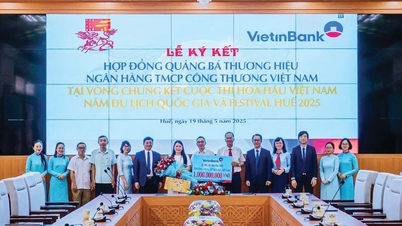
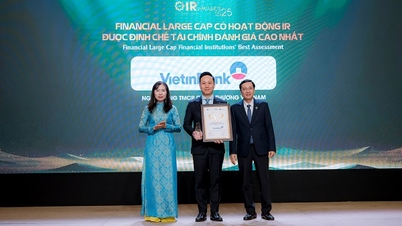

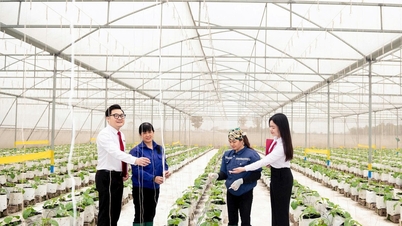

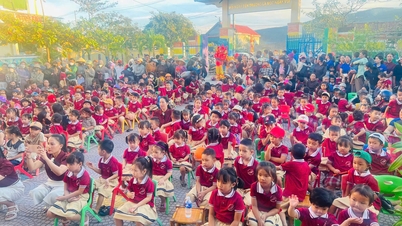

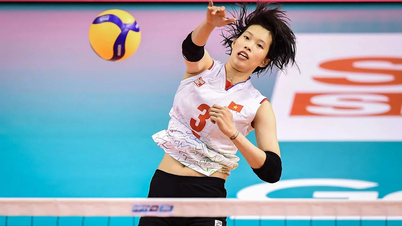


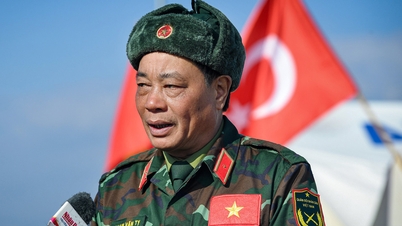



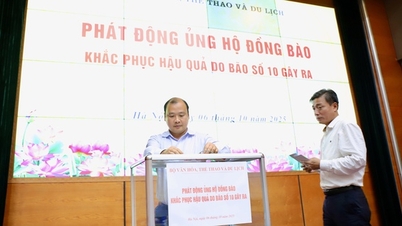


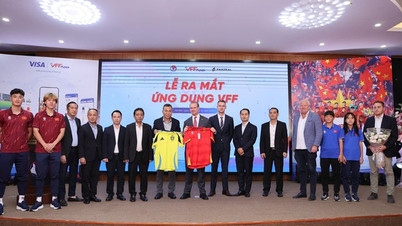

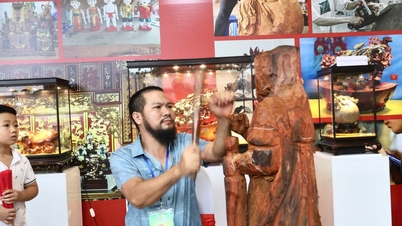

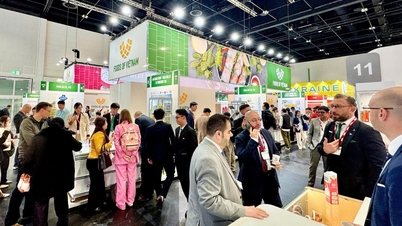




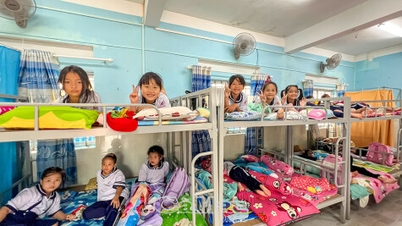

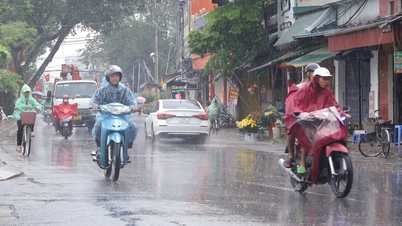



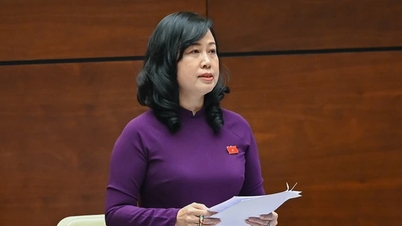
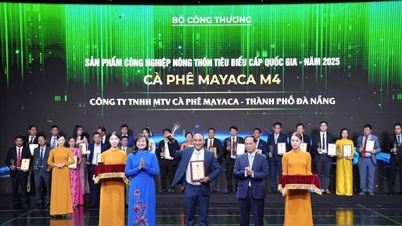

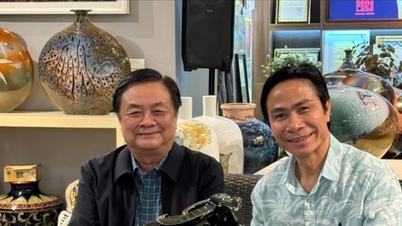

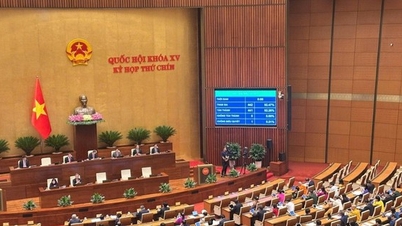





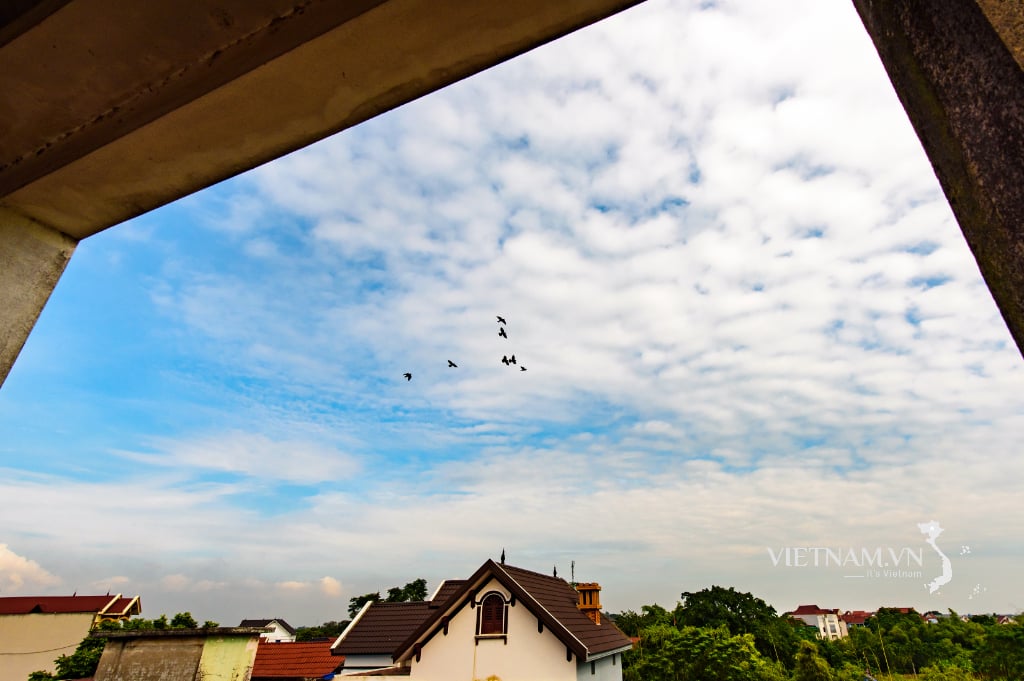

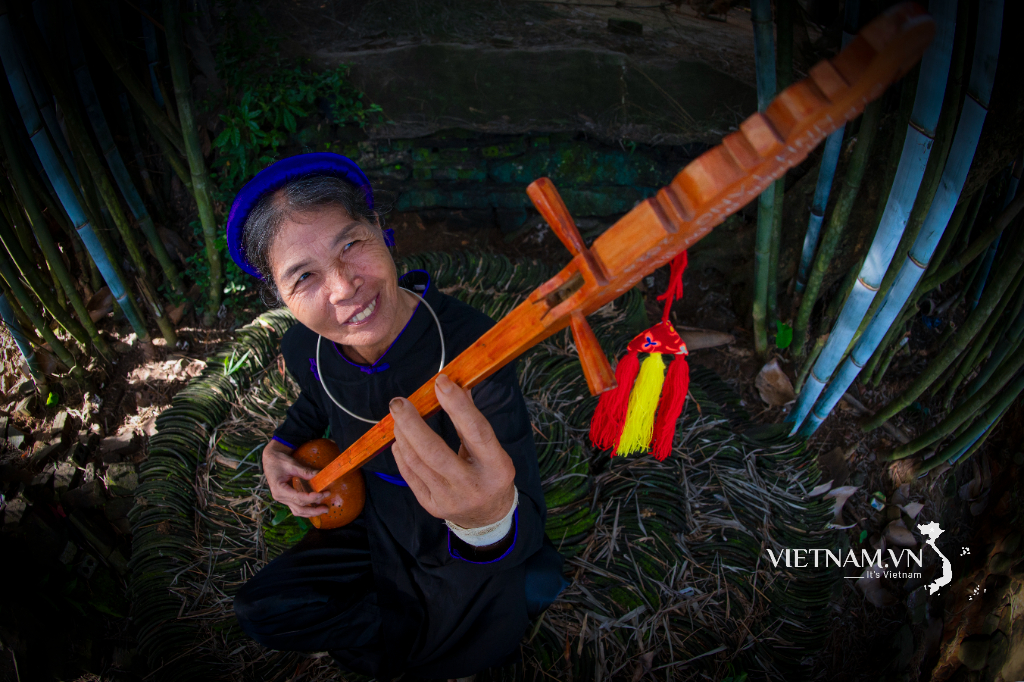

Comment (0)